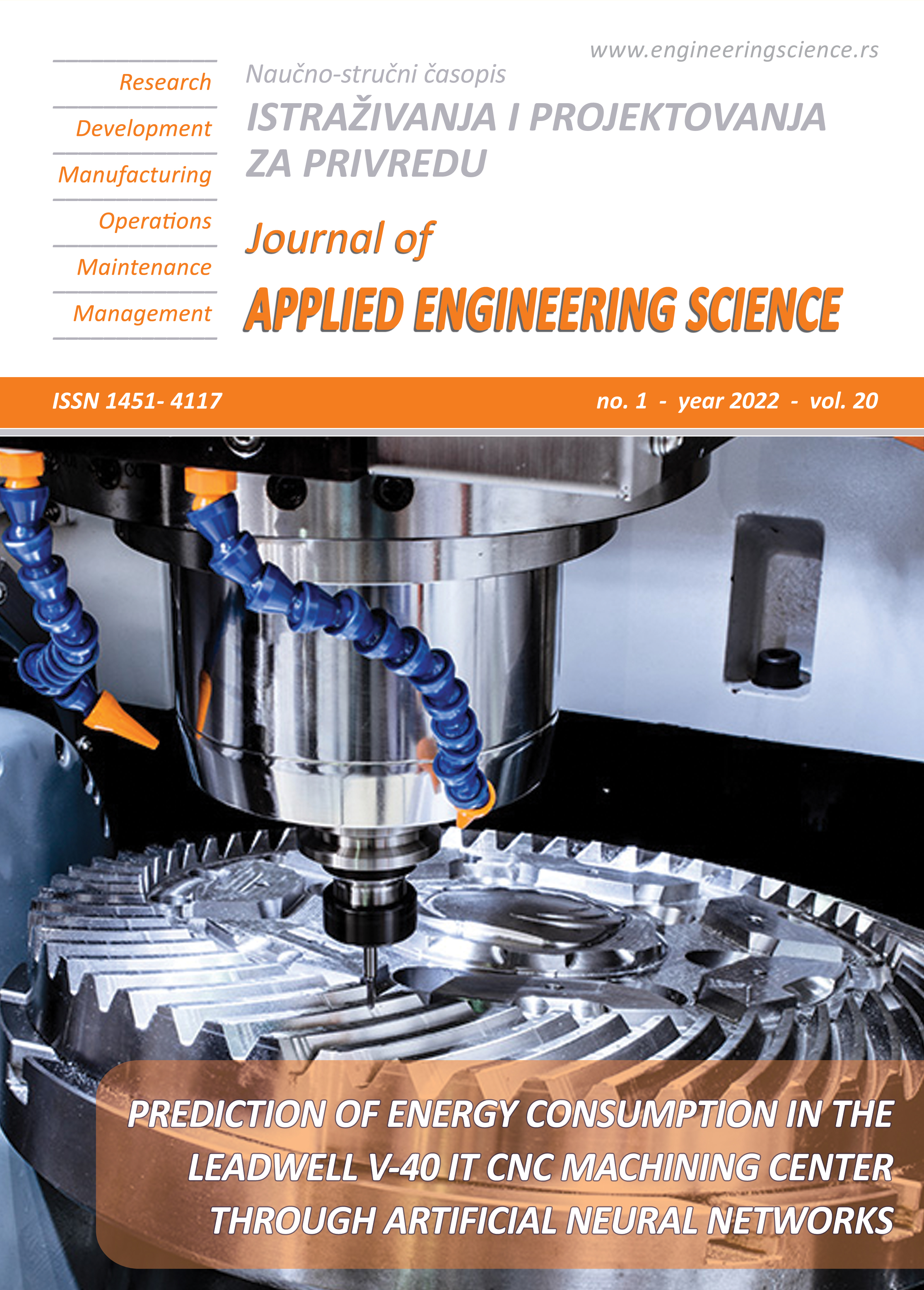FLEXURAL STRENGTH AND DUCTILITY OF ULTRA HIGH-PERFORMANCE CEMENT-BASED COMPOSITES (UHP-CC)
Abstract
It has been known that concrete is weak in tension, so it requires some additional materials to have ductile behavior and enhance its tensile response. Thus, steel fibers came into use due to their advantage in controlling cracks and enhance the tensile behavior of concrete. In this study, the behavior and improvement in flexural tensile strength and strain capacity of ultra-high-performance cement-based composites (UHP-CC) were investigated. Two main variables were examined, namely the content of silica fume and steel fibers with percentages of (0%, 10%, 20% and 30%) and (0%, 1%, 2% and 3%) respectively. The experimental results show that, in the non-fibrous UHP-CC matrix, after the first crack initiation, the inclusion of steel fibers upgrades the behavior of the matrix from brittle to a plastic one and the specimen with a 1% steel fibers ratio failed immediately after crack initiation showing no possible occurrence of strain hardening or multiple cracking. In UHP-CC specimens with steel fibers of more than 1% the tensile failure was more ductile and accompanied by the development of the main crack and many multiple secondary cracks. it was found that the load increased even after the cracks initiation (strain hardening behavior) and thereafter showed gradual declination. It is revealed that after the peak point, one of the cracks widens and becomes critical, which defines the onset of crack localization showing no more development of cracks. Under increased deformation, the critical crack will open describing the stage of fibers pull-out. It was observed that the increase of the ratio of steel fibers in the range of (0% - 3%) caused a significant increase in flexural tensile strength by 244%, whereas the increase in compressive strength was only 12%.
References
REFERENCES
Graybeal, B. A., and Baby, F. (2019). “Tension testing of ultra-high performance concrete (No. FHWA-HRT-17-053)”. Federal Highway Administration, Office of Infrastructure Research and Development, United States. DOI: https://www.researchgate.net/publication/331651550
Graybeal, B.A. (2006). “Structural behavior of ultra-high performance concrete prestressed I-girders (No. FHWA-HRT-06-115)”. Federal Highway Administration, Office of Infrastructure Research and Development, United States. DOI: https://www.researchgate.net/publication/313505596
Danha, L.S. (2012). “Tensile Behavior of Reactive Powder Concrete”. M.Sc. Thesis, University of Technology, Baghdad, Iraq.
Al-Hassani, H. M., Khalil, W. I., and Danha, L. S. (2015). “Proposed model for uniaxial tensile behavior of ultra high-performance concrete.” Engineering and Technology Journal, Vol. 33, No. 1, 61-77. DOI: https://www.researchgate.net/publication/325063976
Fischer, G., and Li, V. C. (2007). “Effect of fiber reinforcement on the response of structural members.” Engineering Fracture Mechanics, Vol. 74, No. (1-2), 258-272. DOI: https://doi.org/10.1016/j.engfracmech.2006.01.027
Pansuk, W., Nguyen, T. N., Sato, Y., Den Uijl, J. A., and Walraven, J. C. (2017). “Shear capacity of high performance fiber reinforced concrete I-beams.” Construction and Building Materials, Vol. 157, 182-193. DOI: https://doi.org/10.1016/j.conbuildmat.2017.09.057
Danha, L. S., Abdul-hussien, Z. A., Abduljabbar, M. S., and Yassin, L. A. G. (2020). “Flexural behavior of hybrid ultra-high-performance concrete.” IOP Conference Series: Materials Science and Engineering, Vol. 737, No. 1, 1-9. DOI: 10.1088/1757-899X/737/1/012008
Baby, F., Billo, J., Renaud, J. C., Massotte, C., Marchand, P., Toutlemonde, F., Simon, A., and Lussou, P. (2010). “Shear resistance of ultra high performance fibre-reinforced concrete I-beams.” FraMCoS7, 1411-1417. DOI: http://madis-externe.ifsttar.fr/exl-php/DOC0001986
Technical Committee JCI. (2007). Method of test for bending moment-curvature curve of fiber-reinforced cementitious composites. http://www.jcinet.
Japan Concrete Institute JCI. (2006). “Method of test for bending moment-curvature curve of fiber-reinforced cementitious composites.” Journal of Advanced Concrete Technology, Vol. 4, No. 1, 73-78. DOI: https://doi.org/10.3151/jact.4.73
Baby, F., Graybeal, B., Marchand, P., and Toutlemonde, F. (2012). “Proposed flexural test method and associated inverse analysis for ultra-high-performance fiber-reinforced concrete.”ACI Materials Journal, Vol. 109, No. 5, 545-556. DOI: https://www.concrete.org/publications/acimaterialsjournal.aspx
ASTM C39, “Standard test method for compressive strength of cylindrical concrete specimens”. American Society of Testing and Materials (2015).
ASTM C78, (2015). “Standard test method for flexural strength of concrete (using simple beam with third-point loading)”. American Society of Testing and Materials.
Al-Hassani, H. M., Khalil, W. I.,and Danha, L. S. (2015). “Prediction of the nominal bending moment capacity for plain and singly reinforced rectangular RPC beam sections.” Engineering and Technology Journal, Vol. 33, No. 5, 1113-1130. DOI: https://www.researchgate.net/publication/325063802
Dubey, A., and Banthia, N. (1998). “Influence of high-reactivity metakaolin and silica fume on the flexural toughness of high- performance steel fiber reinforced concrete.” Materials Journal, Vol. 95, No. 3, 284-29. DOI: https://www.concrete.org/publications/acimaterialsjournal.aspx

